Phoebe Croucher
Blessed Damozels began as an exploration into the fairy tales and poems that I grew up reading.
Timeless stories of forgotten castles, heroic deeds, wicked witches, and damsels in distress where oftentimes the tale would evoke a sense of whimsy and adventure that belies a darker message.
Drawing on inspiration from the works of Charles Perrault, particularly ‘The Sleeping Beauty’ and Hans Christian Anderson’s ‘The Snow Queen’; I was reminded of the lavish yet eerie paintings and drawings of 19th century artist Edward Burne-Jones – such as the ‘The Briar Rose’ series and the unfinished, otherworldly ‘Stella Vespertina’, as well as the opulence of the Pre-Raphaelite painters such as Dante Gabriel Rossetti and his depictions of ‘damozels’, and the ethereal fairy tale illustrations of Arthur Rackham. I was also struck by the continued presence of symbolic iconography found within these stories and artworks, and especially drawn to perhaps one of the most iconic of symbols: the rose.
Blessed Damozels is the amalgamation of these references; taking its name from a poem written by Rossetti in 1850, it is an appreciation of an often maligned trope in fairy stories: the damsel, and how perhaps there is still much that can be gleaned from such tales.

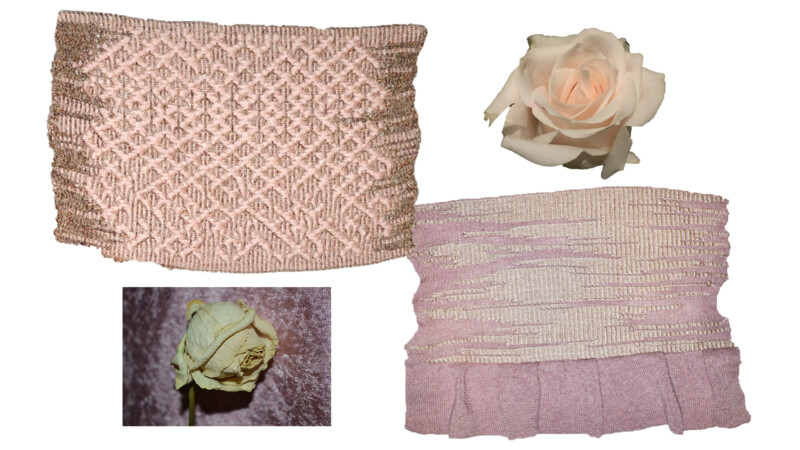
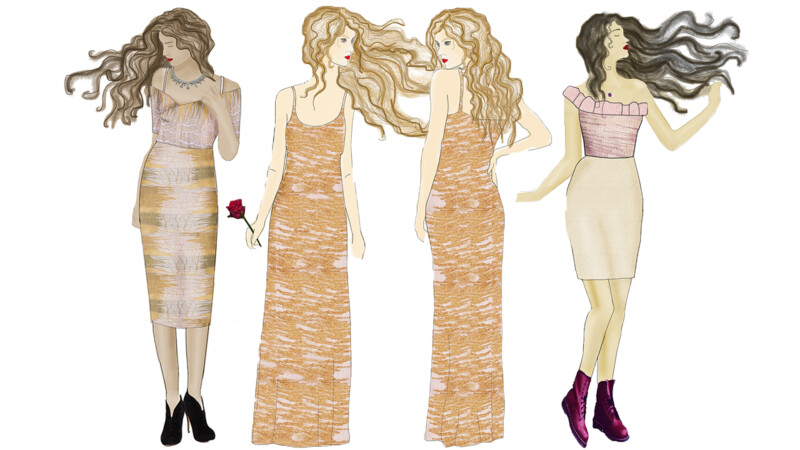
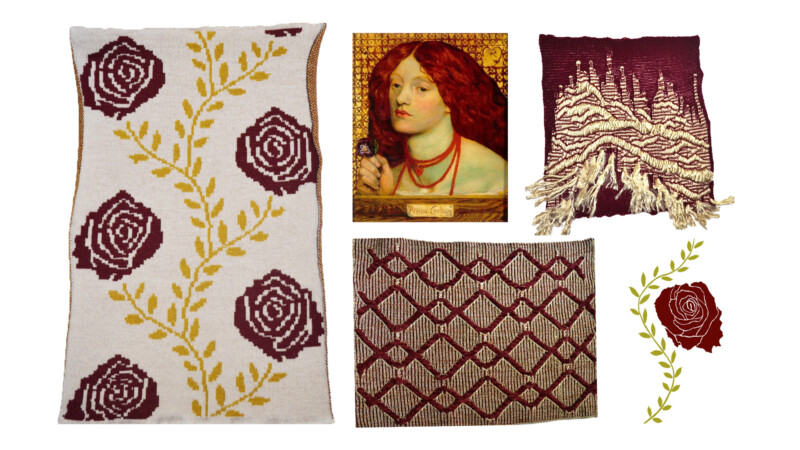
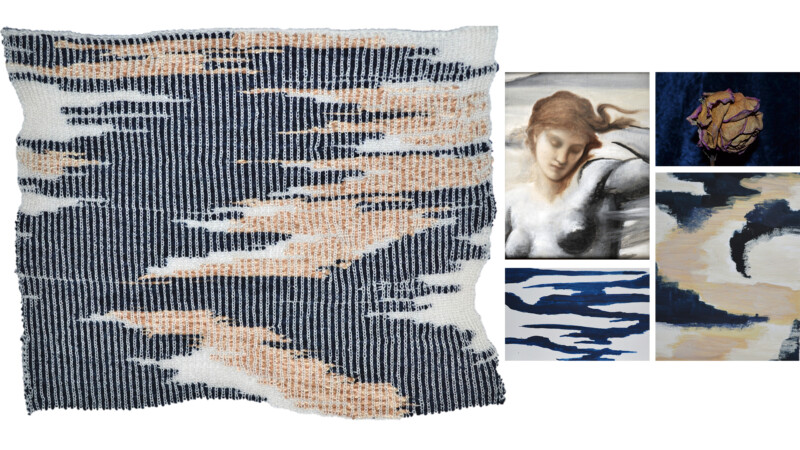
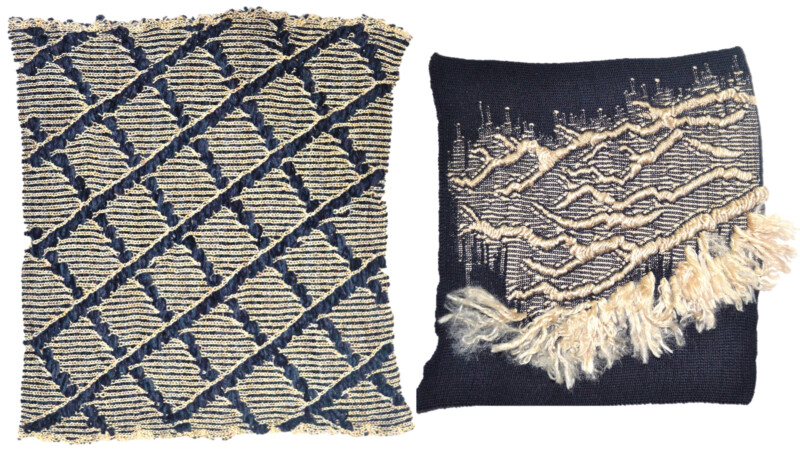
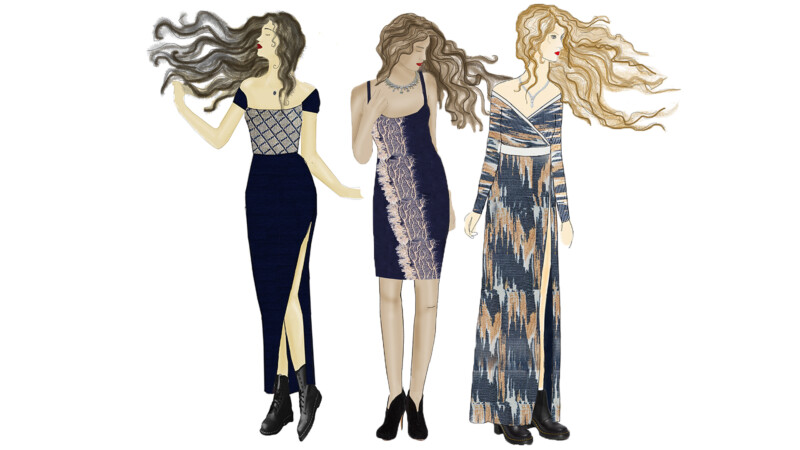
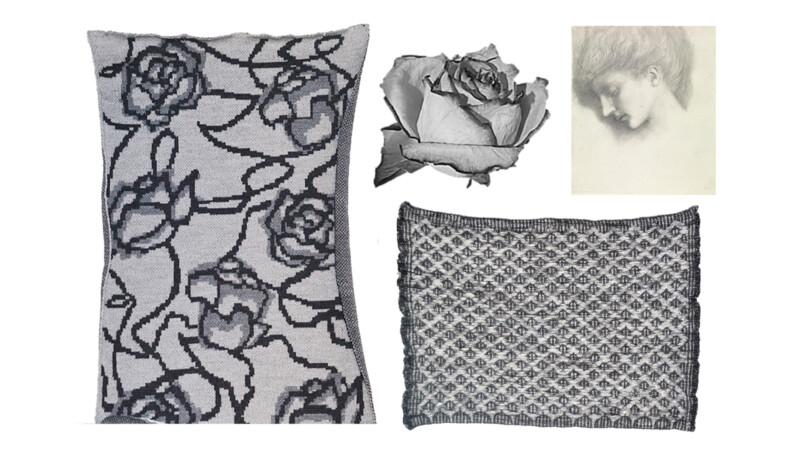
Stella Vespertina:
Sir Edward Coley Burne-Jones, Bt, Stella Vespertina, c. 1881, WMG 1954, Digital Image © William Morris Gallery, London Borough of Waltham Forest
Regina Cordium:
Dante Gabriel Rossetti, Regina Cordium, 1860, Johannesburg Art Gallery, Digital Image, Public Domain
Regina Nivis:
Sir Edward Coley Burne-Jones, Bt, Study of a Sleeping Woman’s Head, possibly for ‘The Rose Bower’ in the ‘Briar Rose’ Series, c.1871-3, Tate 1916, Digital Image © Tate released under Creative Commons CC-BY-NC-ND (3.0 Unported)